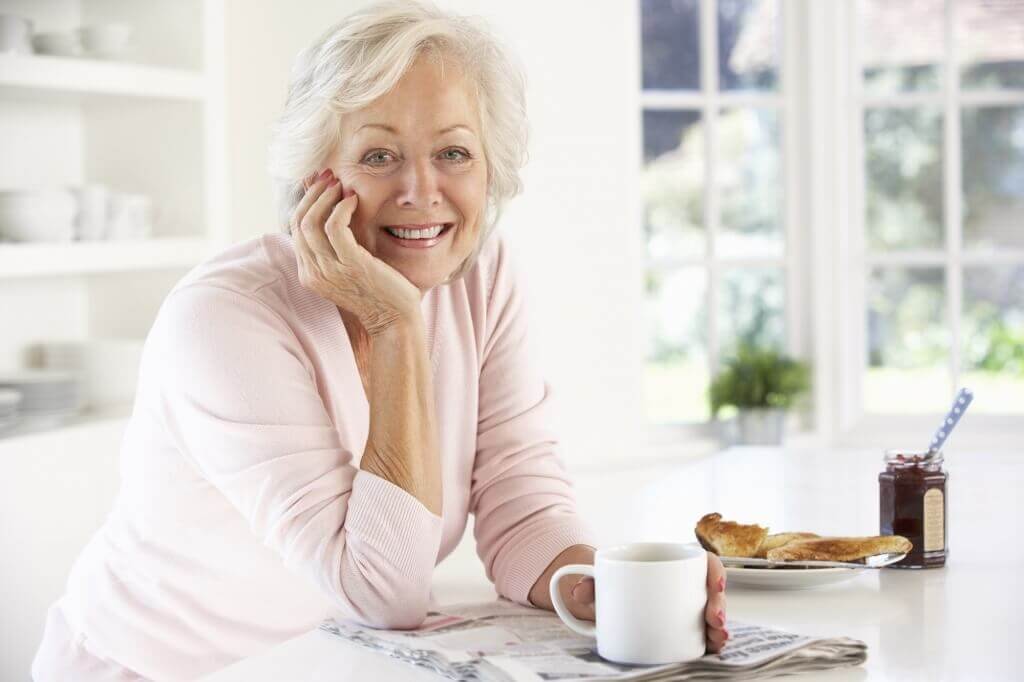
Falls are the leading cause of hospitalizations, injury and death among older people. One out of three adults over 65 falls each year, resulting in millions of hospitalizations, costly treatments and painful injuries that may increase the risk of early death. Also, people who have already fallen once, are two to three times more likely to fall again.
25% of all hospital admissions among the elderly occur due to falls, and 40% of people admitted do not return to independent living afterwards. The good news is that many falls can be prevented. Several measures can be adopted, such as practicing body balance and exercising regularly, adding extra lighting for better vision, wearing rubber-sole shoes, removing potential hazards in the house such as step ladder or loose carpets and implementing safety measures around stairs and bathtubs. Also, technology can be of great help.

When technology is mentioned as a tool to help take care of aging parents, the first thing that comes to mind is a panic button. However, panic buttons cannot prevent falls, they only serve to call for help when an emergency has already occurred. Besides, the button needs to be pressed, which makes it useless if the person is unconscious, or is not in a state of mind to remember he has it. Although they can be of great help in certain situations, panic buttons are only an extra measure within a more comprehensive solution, such as a smart monitoring system.
A smart monitoring system, such as Essence’s Care@Home™ functions without interfering in a person’s life. It is comprised of several devices and sensors that are placed around the house to keep track of the resident’s activities. The system uses an algorithm that passively monitors and “learns” the daily activity patterns of a person, and sends an alert upon any deviation, warning a caregiver or healthcare provider if anything is amiss. By monitoring the daily routine of a person, it is easy to detect any risk factors or deteriorating health conditions that could lead to an emergency –such as lower mobility, or taking longer and longer each day to perform normal daily chores– and thus allows caregivers to react accordingly, making the necessary adjustments before an emergency such as a fall occurs.
The system may also include a panic button to be pressed in case of an emergency, but only as an added feature within a much more complex solution that allows the resident to continue to carry on with his life as usual, while knowing that he is being cared for at all times. Passive remote monitoring also provides invaluable peace of mind for family members and caregivers, since as soon as the system detects an issue, they will receive a real-time alert straight to their smartphone, allowing them to react on the spot, without wasting any precious time.
For a health care service provider, medical insurance company or governmental care agency, a smart system that prevents such falls offer potentially vast cost savings in the form of unnecessary hospital stays and high payouts while allowing them to keep their premiums low.
In sum, a smart monitoring system could be of great help for aging people who wish to retain their independence and continue to live at home for as long as possible, avoiding unnecessary falls and costly hospitalizations.
